The second-largest state both by location and population, Texas is understood for its varied landscape and sufficient nature. The state has 10 environment zones, varying from high plains and forests to damp marine meadows. The state’s weather condition patterns are greatly affected by the close-by Rocky Mountains, extensive flat meadows, and the Gulf of Mexico, which offers the majority of the state’s wetness.
No matter which corner of Texas you reside in, though, you are at danger of natural catastrophes, such as cyclones, heat waves, dry spell, and more. When these occur, it’s necessary to be prepared.
So what are the most typical natural catastrophes in Texas, how are they altering, and what can you do to prepare? Whether you’re preparing a transfer to Dallas or are taking a look at apartment or condos in Austin, keep reading for whatever you require to understand.
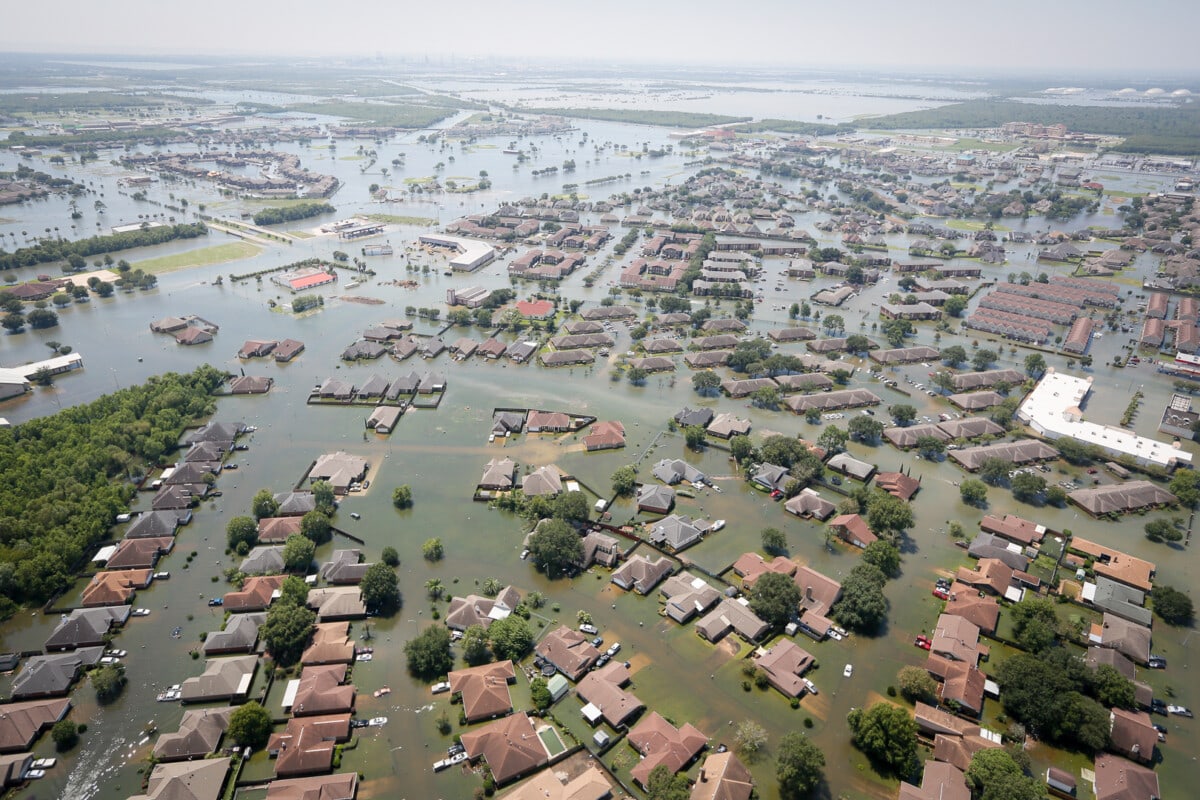
1. Texas flooding
Flooding is the most typical and most dangerous natural catastrophe in Texas, offering it the label “ Flash Flood Street” The state is extremely susceptible to flooding due to its pattern of getting extreme, brief bursts of rain from thunderstorms, hurricanes, and cyclones.
Almost every city in Texas is at danger of flooding. In main and west Texas, riverine floods are particularly typical along the state’s numerous rivers, and along the Gulf Coast, metropolitan flooding can be disastrous.
Texas’ biggest cities are susceptible to flooding, particularly Houston. Houston is extremely prone due to its absence of drain, very little zoning codes, quick development, and prevalent paving over floodplains. That, coupled with seaside and stormwater flooding, makes it extremely susceptible to disastrous flooding, which was shown throughout Typhoon Harvey.
How to get ready for flooding in Texas
In Texas, getting ready for a flood is important throughout the damp summertime and early fall, particularly throughout typhoon and monsoon season. Here are a couple of ideas to assist get ready for flooding in Texas:
- Acquaint yourself with flood danger maps for your location to see your possible threats. A lot of areas of Texas remain in a flood zone, however particularly the coast.
- Examine your water provider’s flood report
- Purchase flood insurance coverage if you remain in a high-risk zone and can manage it.
- Keep emergency situation products on hand, consisting of non-perishable food, water, medications, and crucial files.
- Raise important products in flood-prone locations of your house, and set up sandbags or barriers if required.
- Buy flood sensing units.
- Stay tuned to weather report and signals, and have an interaction strategy in location with your household.
- Understand your regional flood and tsunami evacuation paths.
2. Texas heat waves
Hot, damp weather condition prevails throughout Texas in the summertime, particularly in the western and main parts of the state. Temperature levels here are typically near or above 100 degrees Fahrenheit in summertime, mostly in cities like El Paso and Rio Grande City Heat waves can press temperature levels far greater, however.
In the eastern part of the state and on the Gulf Coast, heat waves can end up being particularly unsafe due to high humidity; temperature levels can reach above 100 degrees Fahrenheit, which, when coupled with high humidity, indicates the air can seem like 110 or more. This is particularly unsafe in cities, which experience the metropolitan heat island impact, raising temperature levels by approximately 6 degrees or more.
Most just recently, a record-breaking heatwave in 2023 triggered temperature levels to reach above 100 degrees for weeks on end, and approximately 45 days in a row in cities like Austin. This heat wave lasted from June through August and triggered extraordinary dry spell conditions throughout the state. 2011 was the only other hotter year in state history.
Texas heat waves are forecasted to get longer and more extreme as environment modification continues.
How to get ready for heat waves in Texas
Heat in Texas can be extreme and lethal, particularly throughout heat waves in the summertime and early fall. All of Texas is susceptible to heat occasions, so it’s necessary to be prepared. Here are a couple of methods to remain cool in severe heat:
- Stay upgraded on projections and advisories to get ready for a heatwave.
- Prepare a meal strategy that does not include cooking inside.
- Stock up on light-weight, protective clothes.
- Close blinds, tones, and drapes.
- Stay hydrated in the past, throughout, and after a heat occasion, particularly near the more damp coast.
- If your house is above 95 degrees, and you do not have air conditioning, do not utilize a fan to cool yourself down
- Set up a generator in case the power heads out due to stretched energy systems
- Limitation outside activities to the morning and late night.
- Change from incandescent to LED light bulbs.
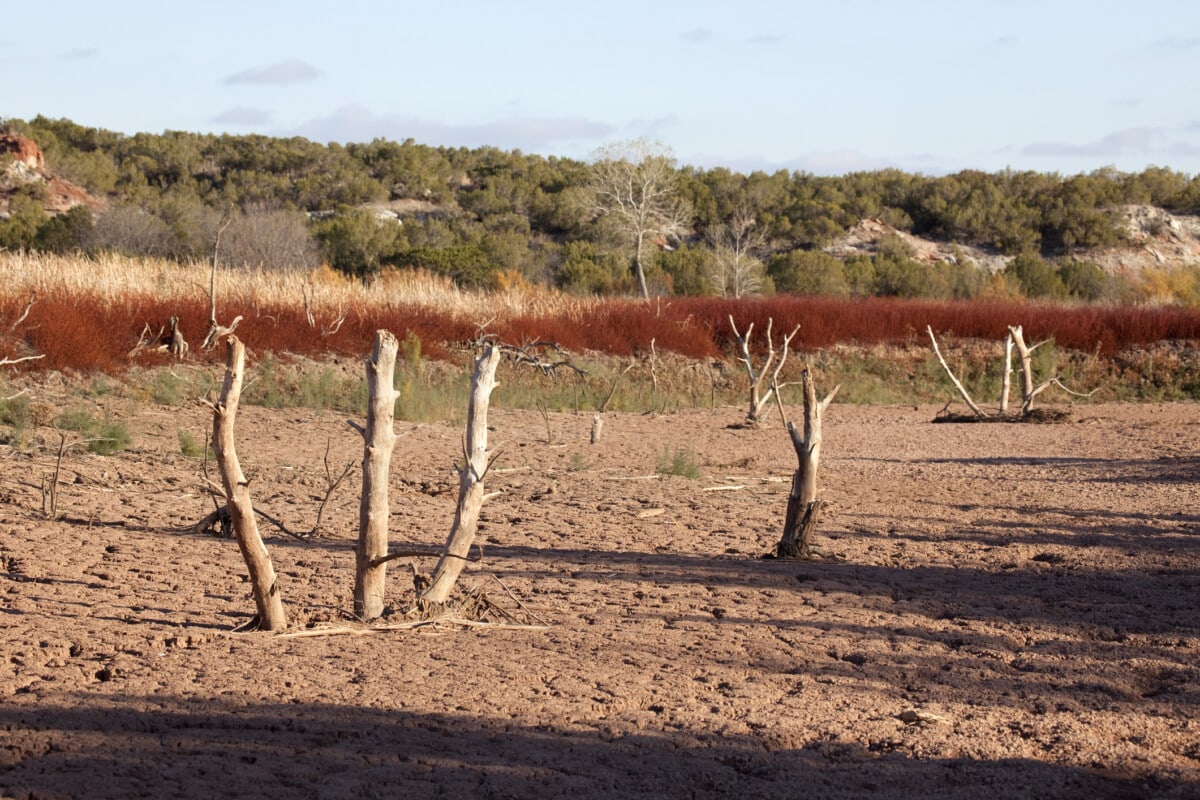
3. Texas dry spell
Dry spell is a significant problem in Texas, particularly throughout the dry winter season. The state has actually experienced numerous dry spells over the previous 70 years. The longest and most impactful one was the 1950-57 dry spell, which continues to affect Texas water policy and demographics. More just recently, the dry spell in 2011 was because of the driest year ever tape-recorded in Texas, causing 100% of the state experiencing dry spell conditions and 88% experiencing extraordinary (D4) dry spell Another series of dry spells happened in 2023 together with a record heat wave.
The state averages around 30 inches of rains every year, with many can be found in the fall, however local quantities differ extremely– greater quantities on the coast, and lower in main and west Texas. This is altering, however. Usually, due to environment modification, the state will get more rain over much shorter durations, causing drier soil, longer dry spells, and serious farming effects.
Dry spells can increase the frequency and intensity of other catastrophes, such as forest fires and heat waves
How to get ready for dry spell in Texas
Dry spell is a significant issue throughout Texas, particularly in the eastern and southern parts of the state. Regrettably, dry spells are ending up being more regular as environment modification continues modifying typical weather condition patterns, so it’s necessary to be prepared. For instance:
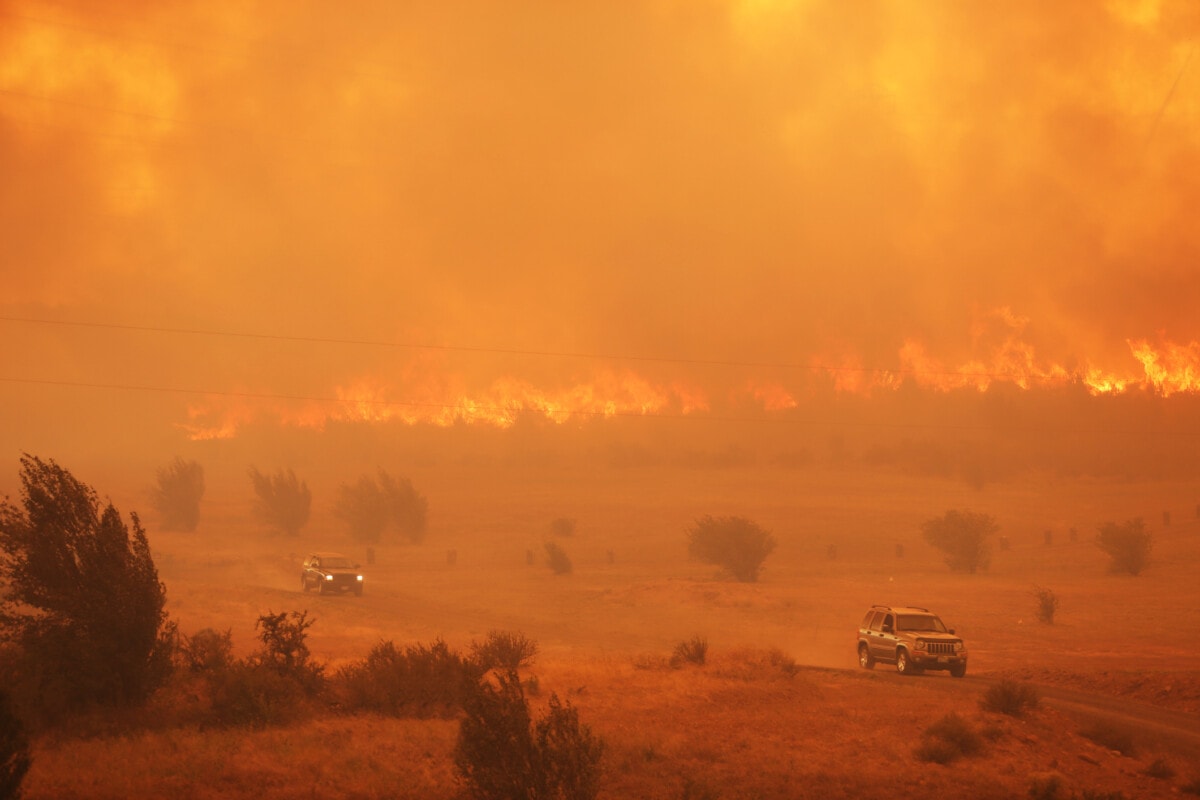
4. Texas wildfires
Wildfires prevail in Texas and can occur anytime of the year, though they’re most typical from February through April and August through October. Greater temperature levels and longer dry spells due to environment modification have extended the fire season in Texas, particularly in the main part of the state, where most fires occur.
Around 8.8 million (70%) of residential or commercial properties in Texas are at danger of being affected by wildfires in the next thirty years, the greatest variety of residential or commercial properties at danger in the United States. Other Southern states have a greater portion of residential or commercial properties at danger, however less general.
Just Recently, in the summertime of 2023, due to severe dry spell and consistent heat, Texas experienced numerous little wildfires, with as much as 85% of the state under burn restrictions.
Texas wildfires can intensify due to close-by hurricanes and cyclones. For instance, the Bastrop County Complex Fire, the most devastating wildfire in Texas history, was greatly affected by strong winds from close-by Hurricane Lee.
How to get ready for wildfires in Texas
If you’re transferring to Texas or currently call the state house, getting ready for wildfires is important. Here are some ideas to assist:
- Develop a defensible area around your home by eliminating combustible products and cutting or eliminating dry greenery.
- Establish an evacuation strategy for your household and animals, if relevant.
- Get Ready For bad air quality by acquiring an air cleanser and setting up HEPA air filters on a/c systems.
- Install exterior and interior lawn sprinkler, if you have access to adequate water and dry spell limitations do not restrict it.
- Stay upgraded on fire weather report and follow all fire limitations. Texas A&M University provides an interactive map revealing all active fires in the state.
- Guarantee your insurance coverage effectively covers fire damage, or comprehend the threats of going uninsured.
- Deal with your neighborhood. This is the most effective method to reduce fire danger in your area.
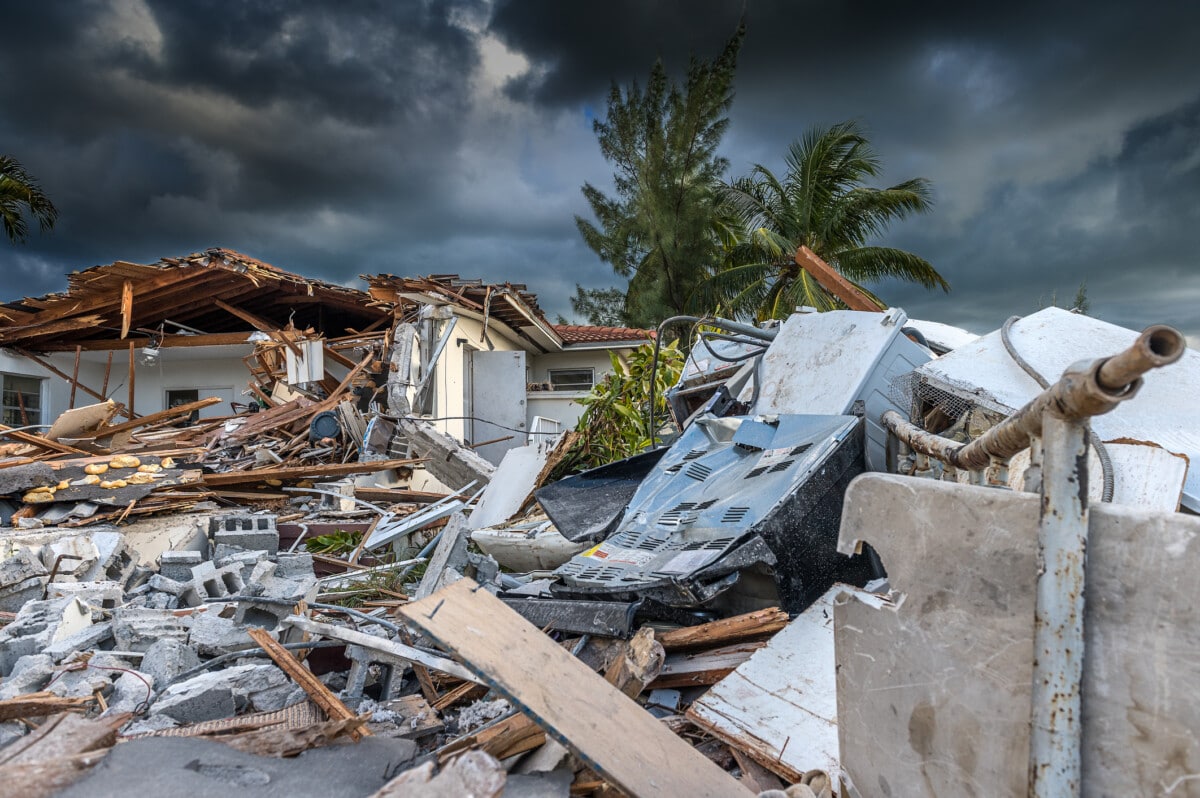
5. Texas hurricanes and cyclones
Texas has actually gotten 64 cyclones, second-most just to Florida. Every location of Texas’ coast is susceptible, although the southern coast has actually traditionally seen the most direct landfalls. Hurricanes have the possible to trigger disastrous damage, consisting of substantial flooding, wind damage, storm rises, energy interruptions, and more.
Texas usually gets cyclones from the Gulf of Mexico, which belongs to the Atlantic typhoon basin The state has a six-month typhoon season that lasts from June through November, although many storms take place in August and September
According to First Street Structure, 59% of residential or commercial properties in Texas have some danger of wind damage over the next thirty years. Nevertheless, particular cities have far higher danger. For instance, in Houston, 100% of residential or commercial properties are at significant danger. Hurricanes alone have actually cost house owners, occupants, federal governments, and insurer numerous billions of dollars.
Because 1957, there have actually been 9 significant cyclones (Classification 3 or greater) to strike Texas. Significant examples consist of Typhoon Rita in 2005, and Typhoon Harvey in 2017. Typhoon Harvey was particularly devastating, triggering prevalent flooding, storm rises, wind damage, and historical rains to the Middle Texas Coast, consisting of Houston. It’s the second-most pricey natural catastrophe in United States history, behind Typhoon Katrina.
As environment modification worsens and ocean temperature levels warm up, cyclones will get more effective, damaging, and expensive.
How to get ready for hurricanes and cyclones in Texas
Texas is at danger of cyclones, so it’s necessary to be prepared Here are a couple of ideas to assist:
- Stay upgraded on projections and follow all main evacuation orders.
- Acquaint yourself with the Texas evacuation zone map
- Develop a water resistant emergency situation package, which need to consist of water, nonperishable food, a can opener, medications, emergency treatment products, crucial files, and more.
- Keep a charged, resilient interaction gadget on hand.
- Enhance your house from winds by decluttering drains pipes and rain gutters, generating outdoors furnishings, and cutting trees.
- Protect your doors and board windows, or set up typhoon shutters. You can likewise employ a professional to assist prepare your house, however understand frauds.
- Purchase flood insurance coverage.
- Raise your house to safeguard it from storm rises and flood damage.
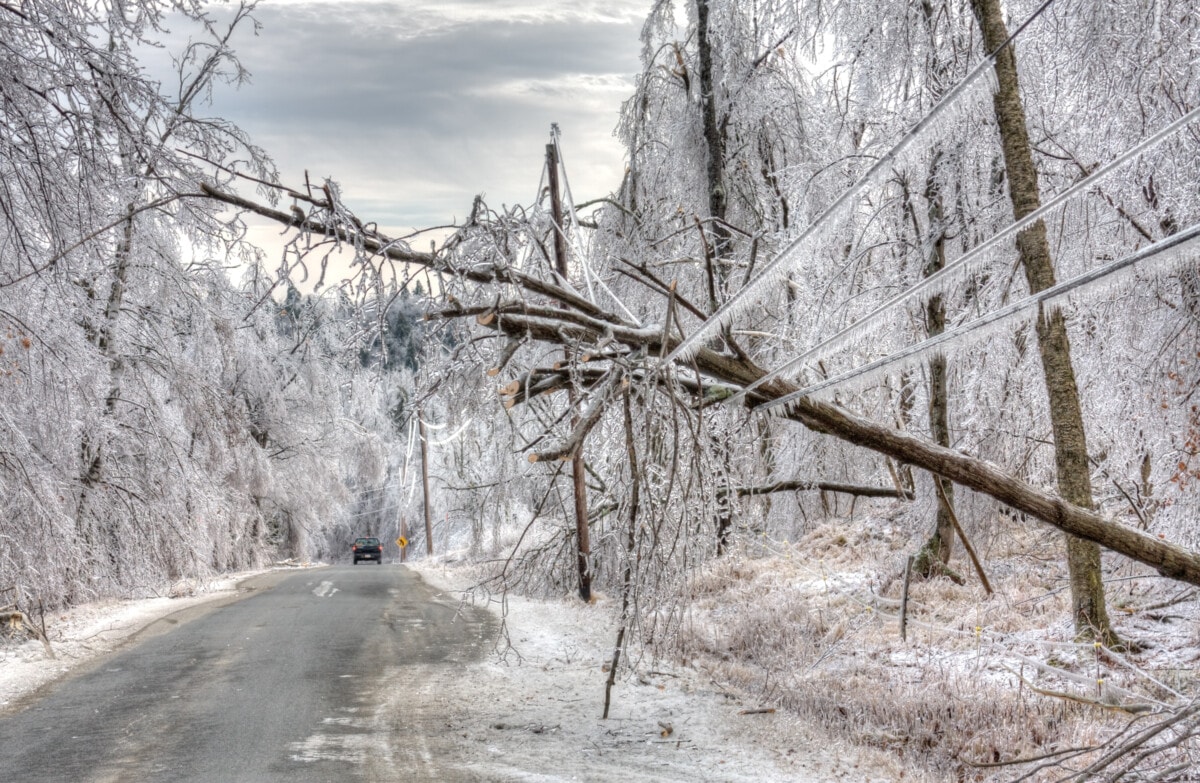
6. Texas winter season storms
Although Texas remains in the warm and warm Deep South, it can experience unsafe winter season storms. A lot of winter season weather condition includes cold temperature levels, however often they include snow and even ice. Winter season weather condition threatens in Texas due to the fact that cities aren’t geared up to manage them.
Texas is distinct in how its electrical grid contributes in natural catastrophes, particularly winter season weather condition. The majority of the state’s electrical power originates from gas and wind, however they aren’t winterized versus freezing temperature levels Due to the fact that the state utilizes a independently owned, self-contained power grid that is different from the nationwide grid, it’s far more susceptible to upkeep concerns and blackouts. This can trigger the system to stop working even throughout durations of routine heavy usage.
This was a significant problem throughout the winter season storms of February 2021, which triggered much of the Texas power grid to stop working due to severe cold and ice, leaving over 10 million individuals without power. A comparable occasion happened in February 2023
How to get ready for winter season storms in Texas
Getting ready for serious winter season weather condition occasions is important to guaranteeing your security and reducing the effect on your house and household. Here are a couple of ideas to assist you get ready for winter season storms:
- Winterize your house by examining your roofing, clearing rain gutters, cleaning your chimney, insulating your attic, examining your heater, and insulating your pipelines. Storms can come rapidly and last for days, so prepare as quickly as you can.
- If winter season weather condition consists of an ice storm, take additional safety measures, such as utilizing snow-melting salt or pellets on your pathways and driveway, clearing your rain gutters, and covering trees to avoid them from falling.
- Set up a generator outdoors to keep the power running in case of a blackout. You can likewise keep fire wood or other heat sources.
- Update your emergency situation package to consist of additional heat.
- Equip your automobile with chains, additional blankets, a shovel, and emergency situation products.
- Stay upgraded on weather report and make certain you have a trusted technique of interaction.
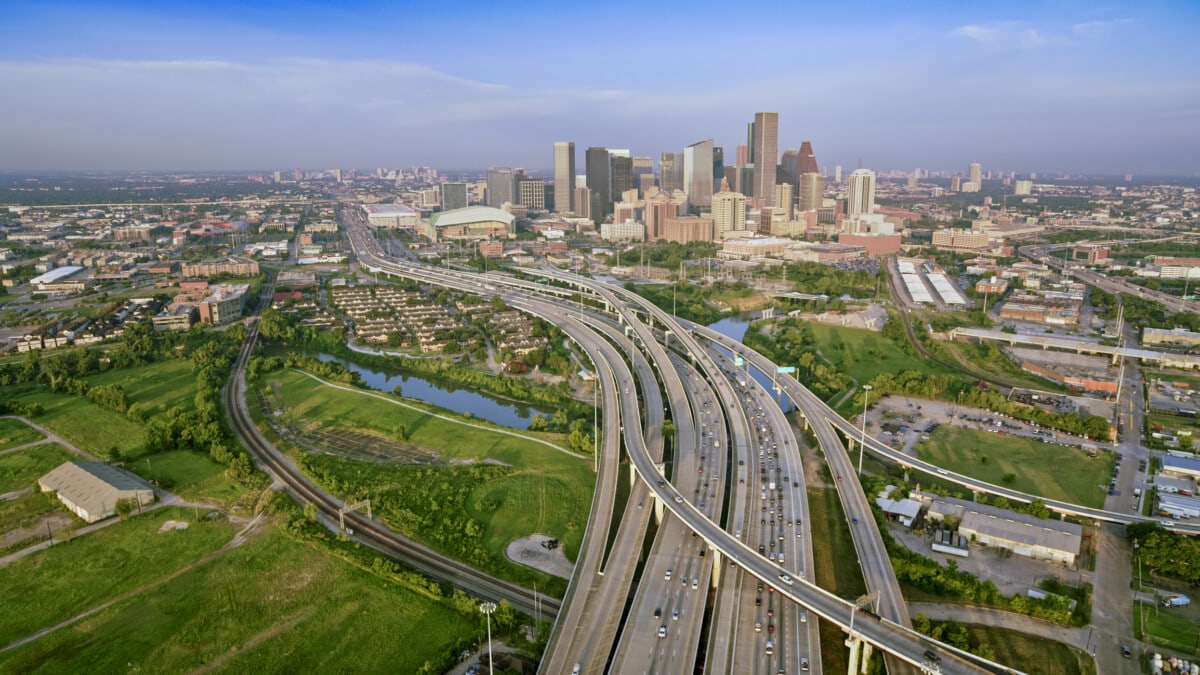
Last ideas on natural catastrophes in Texas
Texas is a warm, warm state with numerous advantages. Nevertheless, it’s likewise susceptible to various natural catastrophes, such as flooding, heat waves, cyclones, and more.
If you’re thinking about transferring to Texas or currently call The Lone Star State house, make certain you’re gotten ready for natural catastrophes. Comprehending your threats and effectively preparing are useful to make the most out of living in Texas The National Weather Condition Service, FEMA, and the Texas state federal government use speculative maps that reveal anticipated and possible threats in any provided location, which can assist you prepare.
Finally, numerous natural catastrophes are intensified by environment modification So no matter how you prepare, minimizing your carbon footprint and requesting for systemic modification are the very best long-lasting options.
This post is for educational functions just. Private outcomes might differ. This is not planned as a replacement for the services of a certified and bonded house services or catastrophe avoidance specialist. Constantly look for professional recommendations and follow all main assistance prior to, throughout, and after a catastrophe.